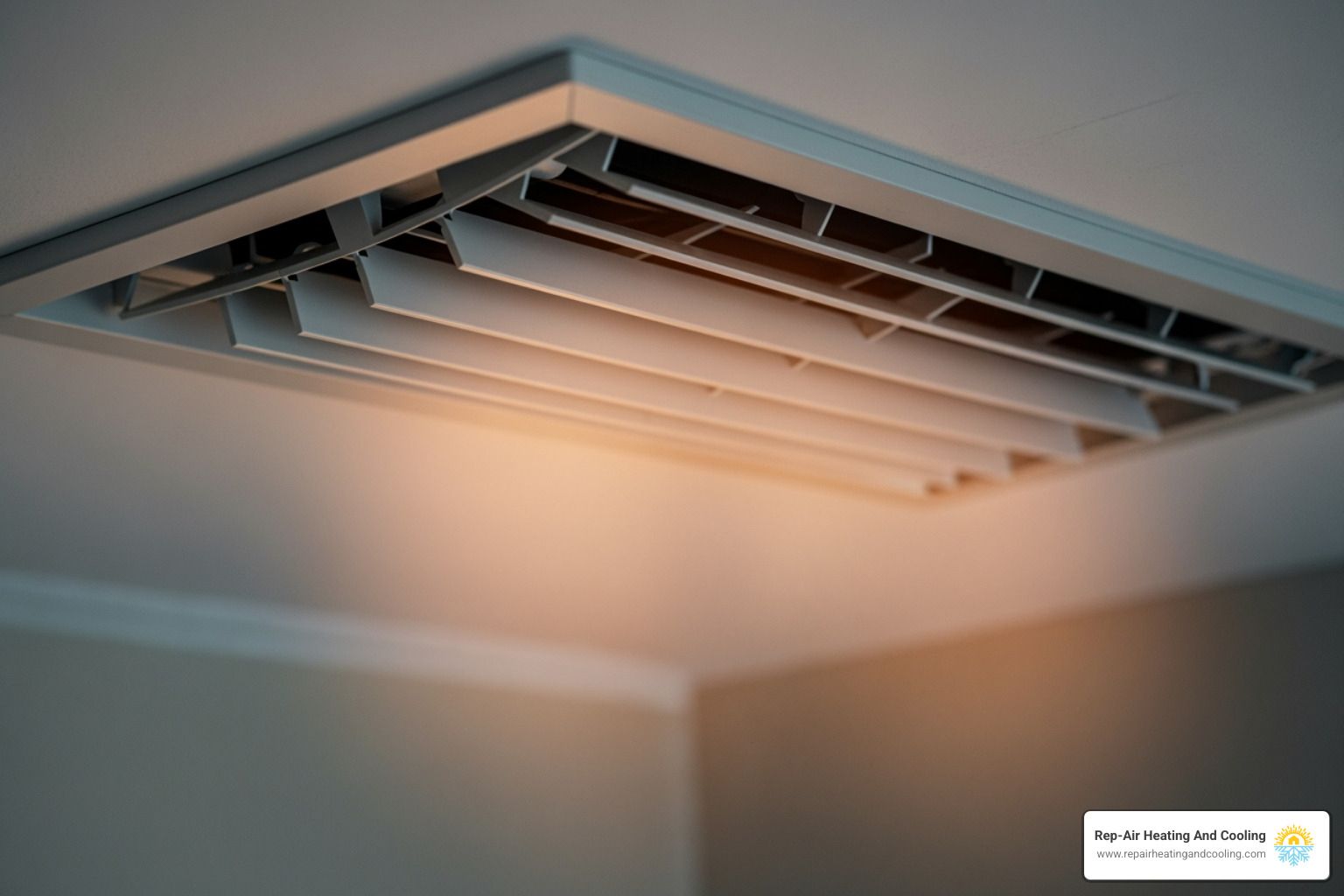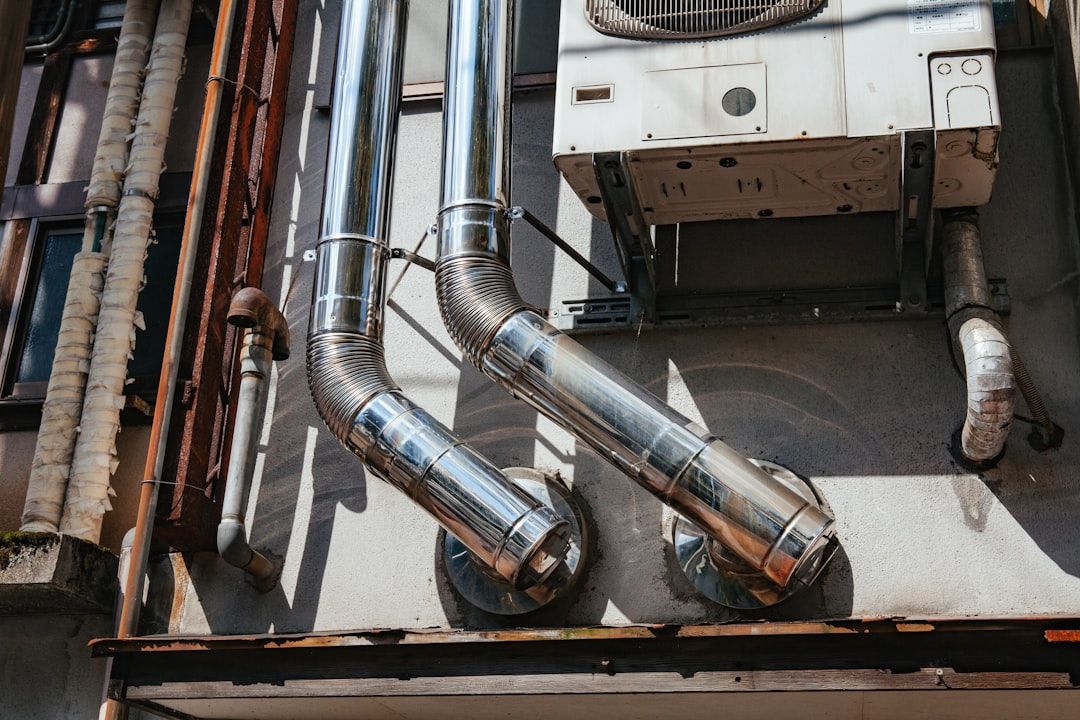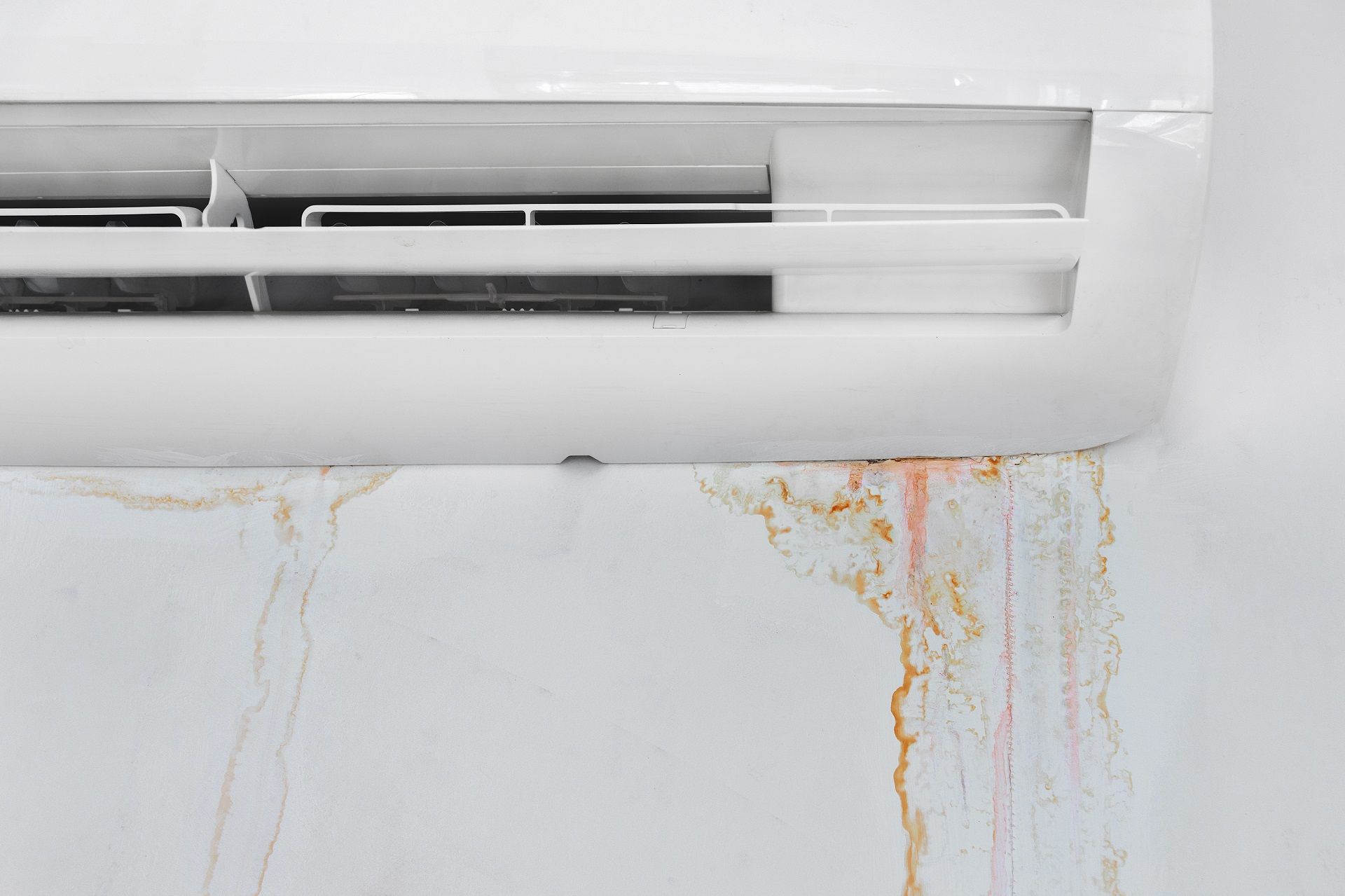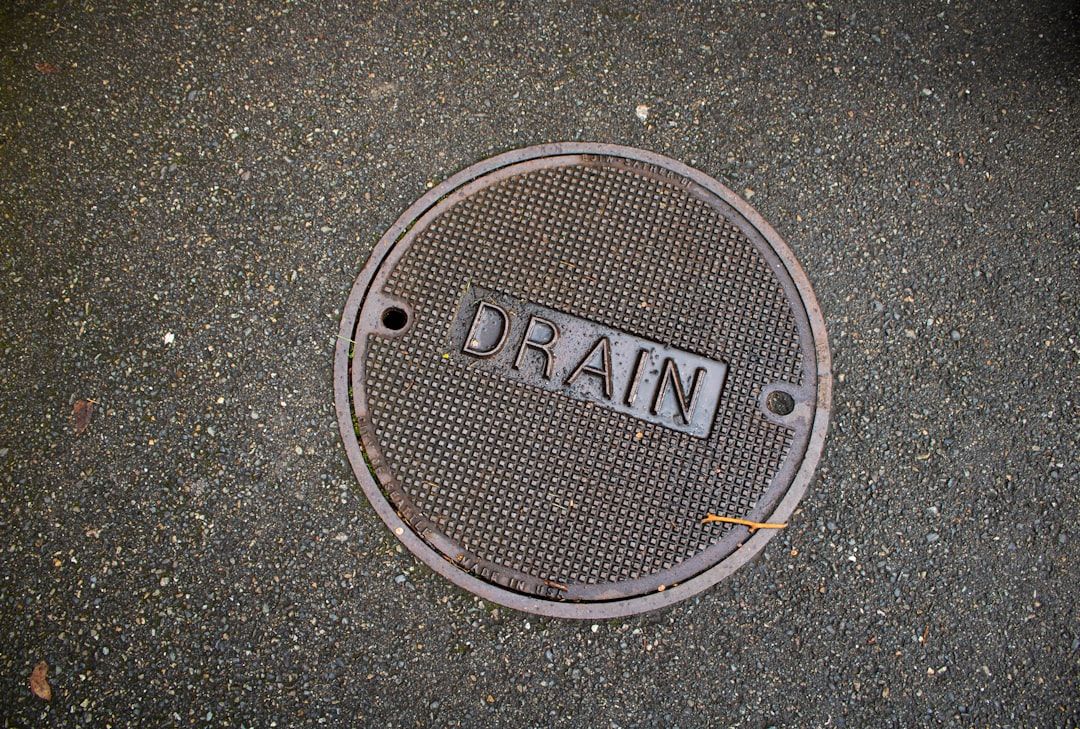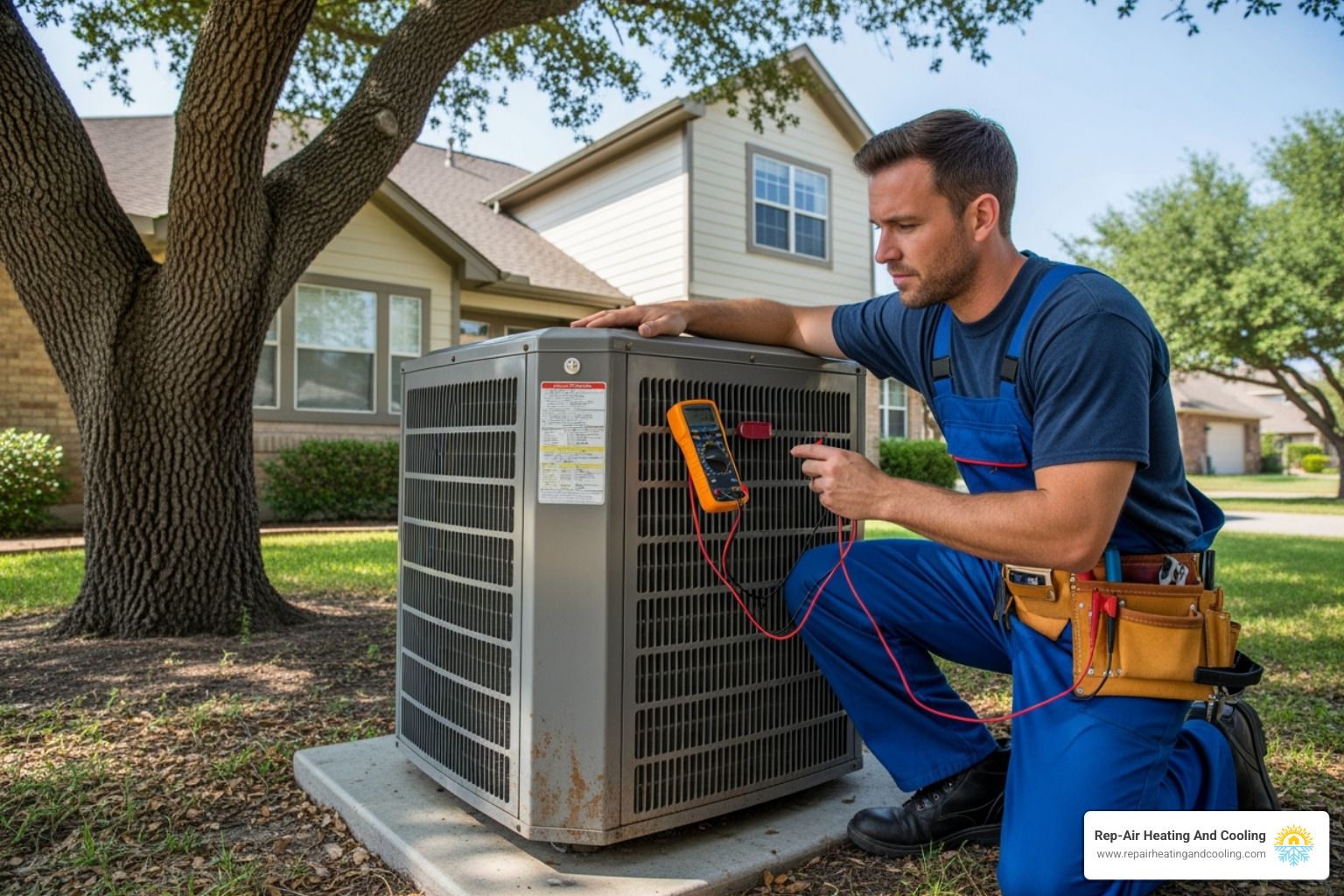Your Guide to Smart Furnace Maintenance Plans
IMPORTANT NOTE: . Our company is located in British Columbia, Canada. If you are reading this article in another location, we hope you enjoy the information, but unfortunately we cannot service you.

Table of Contents
ToggleWhy Furnace Maintenance Plans Matter for Your Home
Furnace maintenance plans are subscription services that provide regular professional care for your heating system, typically including annual tune-ups, safety inspections, and often repair discounts or priority service. These plans help prevent unexpected breakdowns while keeping your furnace running efficiently and safely.
Key components of furnace maintenance plans:
- Annual professional tune-up – Comprehensive system inspection and cleaning
- Safety testing – Carbon monoxide checks and gas pressure verification
- Preventative care – Identifying small issues before they become expensive repairs
- Service perks – Priority scheduling, repair discounts, or parts coverage
- Peace of mind – Proactive protection against costly emergency breakdowns
Your furnace works hard during Lower Mainland winters, and like any mechanical system, it needs regular care to perform its best. Research shows that HVAC systems can lose 5-15% efficiency each year without proper maintenance, leading to higher energy bills and shortened equipment life.
The value becomes clear when you consider that furnace repairs can easily cost over $1,000, while annual maintenance typically costs a fraction of that amount. More importantly, regular maintenance helps ensure your family’s safety by catching potential carbon monoxide leaks or other hazards early.
Whether you’re dealing with an aging furnace or want to protect a newer investment, understanding your maintenance options helps you make the right choice for your home and budget.
What a Furnace Maintenance Plan Covers
A furnace maintenance plan from a trusted HVAC company like Rep-Air Heating and Cooling provides ongoing, preventative care. Unlike a one-time service call for a specific problem, a plan is proactive. It’s designed to keep your system in peak condition, catching small issues before they become expensive breakdowns during the cold Lower Mainland winters.
The Professional Tune-Up Checklist
When our certified technicians arrive for your scheduled tune-up, they follow a comprehensive checklist covering every important component of your heating system.
The annual tune-up begins with a thorough inspection of the entire furnace system, from the heat exchanger to the blower motor, to identify any signs of wear or potential problems.
Cleaning internal components is a crucial part of the process. Dust and debris buildup forces your system to work harder, increasing energy bills. Our team carefully cleans these components to restore optimal airflow and reduce strain.
Your furnace’s moving parts need proper lubrication to operate smoothly and reduce friction, preventing premature wear.
Tightening electrical connections is a vital safety step. Loose connections can cause malfunctions or create fire hazards. We inspect and secure all electrical connections to keep your system running safely and reliably.
The tune-up also includes checking your thermostat settings, inspecting and adjusting gas pressure and burner combustion, and examining your air filters. A dirty filter is one of the fastest ways to reduce your furnace’s efficiency.
For a detailed breakdown, check out our Heating Tune Up Checklist. You can also find additional maintenance insights from ENERGY STAR’s maintenance checklist.
Key Safety Inspections
Safety is our top priority, which is why our furnace maintenance plans include critical inspections to protect your home and family.
Carbon monoxide testing is essential. Our technicians perform thorough CO testing for this colorless, odorless gas and provide a detailed report for your peace of mind.
The gas pressure check ensures your system burns fuel correctly and efficiently. Incorrect pressure can lead to poor combustion and increased carbon monoxide production.
Heat exchanger inspection is another critical safety measure. A cracked heat exchanger could leak carbon monoxide into your home. Our experienced technicians know exactly what to look for.
We also focus on verifying safety controls. Your furnace has built-in safety features designed to shut the system down if problems arise. We test these controls to ensure they’ll work when you need them most.
Finally, we check for any potential gas leaks around your furnace and its connections to eliminate fire hazards.
These professional safety checks require specialized training and equipment. To learn more about preventing common issues, read our guide on 5 HVAC Problems to Prevent in Winter.
The Top 5 Benefits of Regular Maintenance
Investing in regular maintenance pays for itself through improved performance, safety, and longevity. An unmaintained furnace can lose 5-15% efficiency each year, leading to higher costs and a shorter lifespan. Here are the five biggest benefits of a furnace maintenance plan.
1. Improved Energy Efficiency and Lower Bills
When furnace components get dirty and fall out of calibration, your system works overtime, driving up utility costs. During maintenance, our technicians clean components to allow for free airflow and calibrate the system to factory specifications. This ensures your furnace extracts maximum heat from the energy it consumes, leading to reduced energy consumption and lower bills. For more tips, see our guide on How to Keep Heating Expenses Low in Winter.
2. Extended Furnace Lifespan
Your furnace is a significant investment, typically lasting 15-30 years. Neglect can cut that lifespan short. Regular maintenance helps you get the most out of your equipment.
Reduced wear and tear occurs when components are clean, lubricated, and adjusted. This smooth operation puts less strain on every moving part.
Proactive part replacement during tune-ups prevents a domino effect that could damage expensive components. Catching issues early prevents major failures and maximizes your equipment’s life.
To learn more, read our article on The Importance of Keeping Your HVAC Equipment Maintained.
3. Improved Home Safety
Professional maintenance is critical for the safe operation of your gas furnace.
Carbon monoxide prevention is our top priority. Our comprehensive testing detects any CO issues before they become life-threatening.
Fire hazard identification protects your home. We inspect for loose electrical connections, frayed wiring, and dust buildup that can create fire risks.
By securing electrical connections and ensuring safe operation through testing all safety controls, we create multiple layers of protection for your family.
4. Fewer Unexpected Breakdowns
Furnace maintenance plans are your best defense against your furnace failing on the coldest night of the year.
Catching minor issues early allows us to fix problems while they’re still small and inexpensive. This proactive approach reduces emergency repair calls significantly. Should the unexpected happen, many maintenance plans include priority service, putting you at the front of the line for repairs.
Learn more about this preventive approach in our article: Why Regular HVAC Services Matter.
5. Maintains Manufacturer’s Warranty
Most furnace manufacturers require proof of annual professional maintenance to keep your warranty valid. Skipping maintenance could leave you responsible for expensive repairs on a relatively new system.
Warranty compliance is a contractual requirement. Without maintenance records, a manufacturer may deny a claim for a major component failure.
A furnace maintenance plan provides you with proof of maintenance through detailed service records. This documentation is invaluable for a warranty claim, avoiding out-of-pocket repair costs that can easily exceed $1,000.
What to Look for in Furnace Maintenance Plans
Not all furnace maintenance plans are the same. Choosing the right one depends on your system’s age, your budget, and your desired level of protection, from basic tune-ups to comprehensive repair coverage.
Comparing Different Types of Furnace Maintenance Plans
When shopping for furnace maintenance plans, you’ll typically find three main categories:
- Maintenance-only plans focus on annual tune-ups and safety inspections. Repairs are handled separately, making this a good option for newer systems.
- Plans with parts and labor coverage add a layer of financial protection. They may offer discounts or full coverage for repairs, which is valuable for older systems.
- Combination plans cover both your heating and cooling systems, often providing better value than separate plans and ensuring year-round care.
Tiered options allow you to choose basic coverage for essential maintenance or upgrade to premium plans with more extensive protection. For more insight, explore our guide on Reasons to Purchase an HVAC Maintenance Plan.
Key Features to Compare
When comparing plans, look closely at the details to find the best value.
- Service inclusions: What specific tasks are covered? Look for comprehensive cleaning, CO testing, and filter replacements.
- Repair discounts and coverage: Understand what’s covered, what’s excluded, and what the coverage limits are. Good plans are transparent about these details.
- Priority service guarantees: This feature puts you at the front of the line for repairs during busy cold snaps, which can be invaluable.
- Emergency call availability: Check for 24/7 service and whether after-hours calls incur extra charges.
- Payment structure: Monthly payment options can make premium plans more accessible by spreading out the cost.
To see how our plans can protect your investment, check out our detailed Maintenance Plans at Rep-Air Heating and Cooling.
Cost vs. Value: Are Furnace Maintenance Plans Worth It?
Many homeowners weigh the cost of a plan against paying for repairs as they happen. A furnace maintenance plan is a smart financial tool, especially for older systems, helping you avoid emergency repairs that can exceed $1,000. The value lies in prevention: the breakdown that doesn’t happen, the carbon monoxide leak that’s caught early, and the emergency call you never have to make. It’s insurance for your comfort and safety.
Typical Costs
When weighing the investment, it helps to understand what furnace maintenance plans typically cost compared to paying for services individually.
Monthly payment options make these plans accessible for most budgets, though the exact amount varies based on what’s included and your system’s needs. Some homeowners prefer spreading the cost throughout the year rather than facing a larger annual payment.
Annual payment plans often provide better value if you can manage the upfront cost. These comprehensive plans typically cover your heating system’s yearly needs, and many include cooling system maintenance as well.
One-time professional tune-ups might seem cheaper initially, but they lack the additional benefits that come with a maintenance plan. You miss out on repair discounts, priority service, and the peace of mind that comes with ongoing care.
Consider this: a single major repair can easily cost more than several years of maintenance plan fees. Replacing a heat exchanger or dealing with a complete system breakdown during peak winter can be a financial shock that makes the annual maintenance investment look pretty smart.
The DIY Alternative
While some homeowners enjoy DIY projects, it’s important to know where to draw the line between DIY and professional work for safety and warranty reasons.
| DIY Tasks | Professional Tasks |
|---|---|
| Filter Changes: Regularly inspect and replace air filters. | Gas Pressure Check: Requires specialized tools and expertise. |
| Cleaning Accessible Components: Dust and vacuum around the unit. | Electrical Connections: Inspecting and tightening internal connections. |
| Clear Condensate Drain: Flush the drain line to prevent clogs. | Heat Exchanger Inspection: A critical safety check for cracks. |
| Visual Inspection: Look for obvious signs of wear or leaks. | Internal Cleaning: Deep cleaning of components requiring professional access. |
| Check Thermostat Batteries: Ensure reliable operation. | Safety Control Testing: Verifying that all safety mechanisms function correctly. |
Basic maintenance tasks like changing filters are great DIY projects. But gas lines, electrical connections, and complex internal components require professional expertise. For tips on what you can safely handle, see our Furnace Maintenance Tips.
A furnace maintenance plan is ideal if you have an older system, want to protect your warranty, value priority service, or prefer predictable maintenance costs over surprise repair bills. It’s the best choice for homeowners who want to leave technical and potentially dangerous tasks involving gas lines and electrical components to trained professionals.
Frequently Asked Questions about Furnace Care
Here are answers to the most common questions we receive about keeping your heating system in top shape.
How often should my furnace be maintained?
Professionals and manufacturers agree: your furnace needs a comprehensive tune-up once a year. The best time to schedule this is in early fall, before the first cold snap. This ensures your system is ready for winter and helps you avoid the peak season rush.
What are the signs my furnace needs maintenance?
Your furnace will often signal when it needs attention. Look for these warning signs:
- Strange noises: Banging, rattling, or squealing sounds often indicate a loose or failing part.
- Higher energy bills: A sudden, unexplained spike in heating costs means your furnace is working inefficiently.
- Uneven heating: Some rooms being too hot while others are cold can point to airflow problems.
- Yellow or flickering pilot light: For gas furnaces, a healthy pilot light is blue and steady. A yellow flame can indicate a combustion problem and potential carbon monoxide risk, requiring immediate attention.
- Frequent cycling: If your furnace turns on and off too often, it could be a clogged filter or a faulty thermostat.
- Excess dust or odd smells: These can also be signs your furnace needs professional care.
If you notice these issues, it’s time to call an expert. For more details, see our guide on Furnace Immediate Repair Warning Signs.
How is a maintenance plan different from a home warranty?
It’s a common question, but the two serve very different purposes.
A furnace maintenance plan is for prevention and optimization. It’s proactive care designed to keep your system running efficiently and safely to avoid breakdowns.
A home warranty is insurance coverage that applies after a system has already broken down. It helps cover repair or replacement costs for unexpected failures but typically does not cover routine maintenance.
In fact, the two work well together. Many home warranties require proof of regular maintenance to keep the warranty valid. A furnace maintenance plan helps ensure your home warranty coverage remains in effect.
Conclusion
A furnace maintenance plan is an investment in your home’s safety, your family’s comfort, and your heating system’s efficiency. It’s a proactive service that catches small issues before they become stressful and expensive emergency breakdowns. Regular maintenance ensures your furnace runs smoothly, lasts longer, and operates safely.
For homeowners throughout the Lower Mainland, Rep-Air Heating and Cooling offers comprehensive maintenance plans designed for complete year-round peace of mind. We are committed to keeping your home comfortable and safe with reliable, personal service that treats you like family.
Don’t wait for a breakdown—protect your investment and take control of your home’s comfort today.
Request your service today!
Our team of highly trained technicians are standing by ready to help you out with all of your service, repair, and installation needs. You can count on us for on-time repairs, professional installation, and the friendliest customer service in town!Contact Rep-Air Heating & Cooling today to get started with service by requesting a quote online, or by phone at (844) 218-3362.
Request Service
Contact us today to request an estimate or schedule service.






